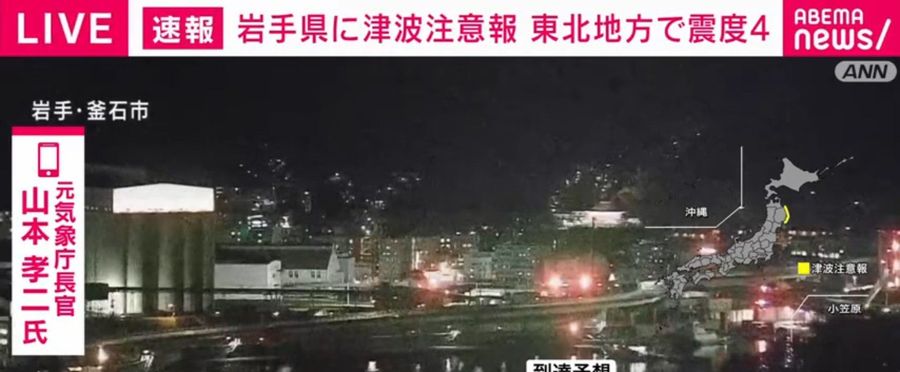The news elaborates on why a level 4 earthquake in Japan triggers a tsunami warning, a relatively common occurrence due to the nation's seismic activity. The emphasis is on helping the public understand the complex science behind this system. Despite an earthquake's low intensity, factors such as the quake's depth, location, and the area's topography can influence the potential for a tsunami. Thus, a timely warning is crucial in ensuring public safety.
Japan is a seismically active country and has sophisticated alert systems in place to warn citizens of potential natural disasters. Earthquakes and tsunamis are significant concerns for the Japanese population, and there is high public interest in understanding these events and the measures taken for public safety. The nation places strong emphasis on being prepared and informed to mitigate disaster risks.
In the US or EU, tsunami warnings are also taken seriously, but the frequency of these alerts is relatively low compared to Japan due to lesser seismic activity. They too employ scientific models and monitoring systems for issuing warnings. There is also a focus on public education about disaster response, but it might not be as intensive due to the lower risk levels.

